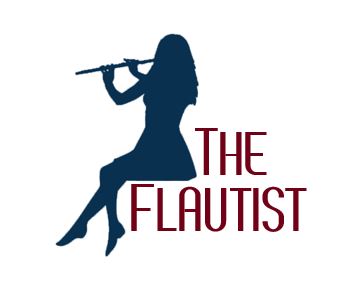Libertango
by Astor Piazzolla
Eileen Gilligan & Alex Raineri – Libertango
Change of pace for this release but still a story to tell. To set the scene, the ladies need a red dress with a split to the waist , black stockings and high heels and a fresh red rose in the hair. Gents need black trousers, black shirt unbuttoned to the waist and the shiniest black shoes imaginable. We are set then.
Astor Piazzolla reinvented the tango and really received quite a hard time for it. He was recognised more after his death than during his lifetime. His works have a characteristic romance and heartache in every one and this is no different.
https://brisbanehouseoftango.com.au/the-man-who-revolutionised-tango-astor-piazzolla/ this is quite a nice short about Piazzolla for you to read. I would suggest you go digging and listening as he is fascinating to study.
Playing repertoire like this is part of me stretching myself every which way musically and I feel it is essential for players to stretch themselves and never be happy with what is, what I can do now. Striving for the unattainable gives so many rewards.
Pitch bends are the foundation of flexibility and tone production , without them the lips become tight and tense and finding and holding a centred tone is nigh impossible.
The videos on pitch bends are in the foundation tools section one of the first couple for you to get a blow-by-blow demonstration of how to do and why we do them.
I spend 10 minutes on these every day. First low note chromatic exercise , then arpeggios in pitch bends , then full range pitching bending to D3. D3 bend is difficult so just persevere and only go as high as you can bend then push yourself one note higher as you gain control.
Not only do they give us a beautiful sound but are so useful in finding a raunchy edge to the tone and style in this piece. One cannot play this in a straight-laced fashion.
Always melodious studies involved, no1 as always and the bell tone variation. Variation of 11, no 22 you will never accent a wrong note or beat after this one again. Really all of them just add up to control but some of them are about air direction up and down which is what you need for this piece. No 9 definitely, 15 and the variations , 16, 20, these are awesome little things. I have attached them for you but they are all on the website with video guides and sound files.
I am a big believer in no movement when playing as it always affects something so I aim to never move but playing this with no movement for me was impossible everything in me was busting out so I just went with it and thought I can concentrate on no movement in the next piece I was recording which was the last piece of the day the Rachmaninoff Vocalise.
Lastly the ornamentation is up to the player, I chose to add it where I felt the dancers were either spinning or in a sexy leg split. I used a version of flutter tonguing to get the effect I wanted. It really is up to the performer to create the picture for the listener. I hope you have some fun with this aspect.
Here is an absolutely fantastic flute rendition of the Libertango , this was outstanding but I left the special effects to her and put my own spin on it as I am not sure my embouchure would have recovered from them for the Vocalise which is the saddest piece I have ever played that is why I left it until last.
Some Piazzolla for you to listen to and learn from, his influences from the bandoneon and jazz with the likes of Duke Ellington and Cab Calloway are fascinating to detect in his works. He is a great composer to study, listen to and play. His Ave Maria is heart wrenching.
